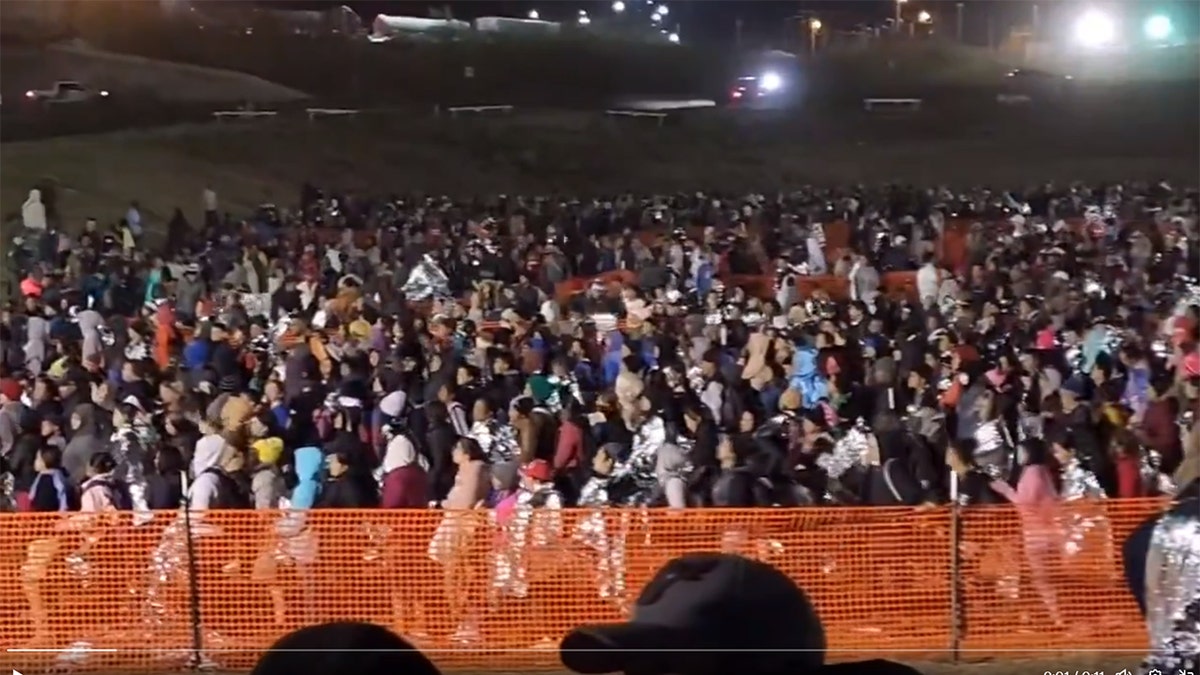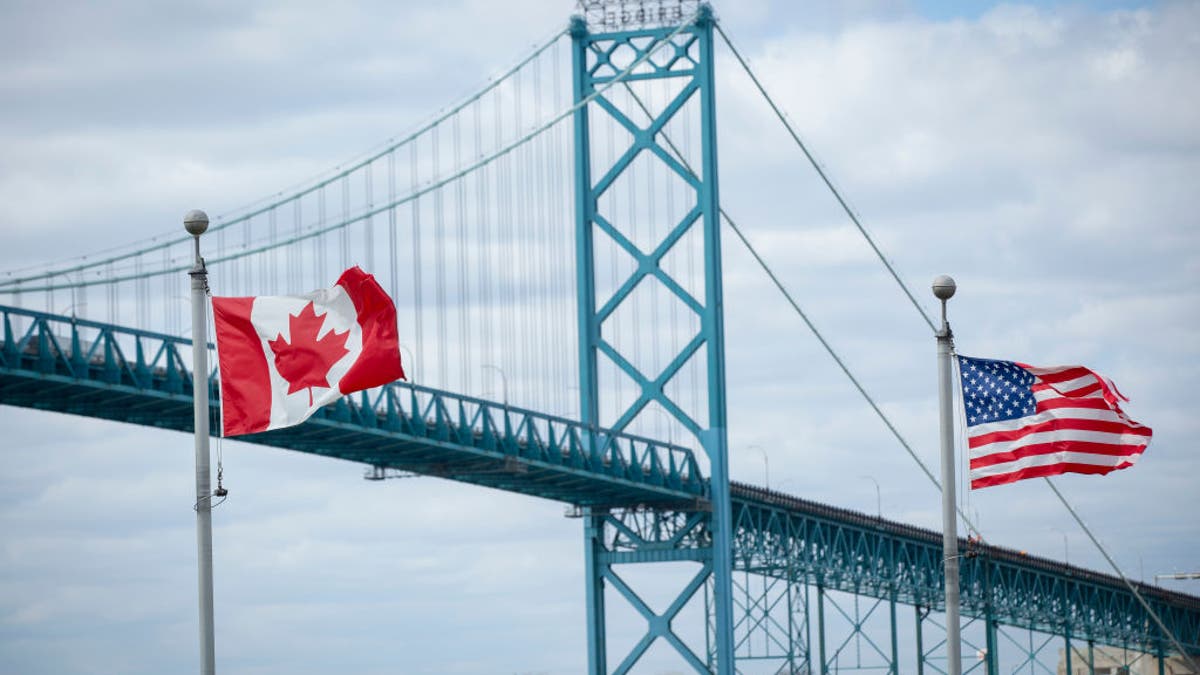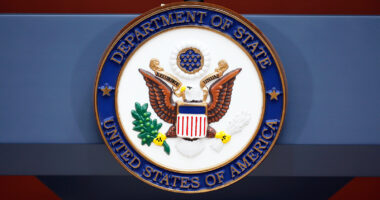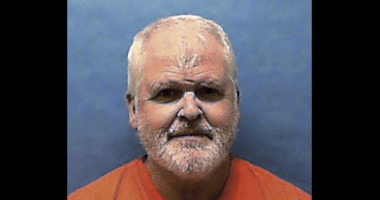Since President Donald Trump took office in January, a significant number of suspected Venezuelan Tren de Aragua (TdA) gang members have been captured at critical border crossings between the United States and Canada.
According to information from U.S. Customs and Border Protection (CBP) obtained by Fox News Digital, from January 20, 2025, to March 21, 2025, a total of 40 individuals believed to be linked to the TdA gang were detained by authorities at the Ambassador Bridge, which connects Detroit in the U.S. to Canada.
While the Ambassador Bridge has been known for causing confusion among travelers due to its intricate road signs, it has also unexpectedly served as a location for capturing members of this violent gang.
Rep. Rashida Tlaib (D-Mich.), the Michigan Immigrant Rights Center and the ACLU of Michigan first sounded the alarm. She said, citing the CBP, that 90% of those detained had inadvertently driven onto the bridge, often due to confusing signage or GPS errors.
“As a TdA member, I don’t want to end up in El Centro,” Brown said, referencing the infamous maximum-security prison in El Salvador where gang members are now being deported. “So where do they go? Canada. They know they won’t face the same consequences there.”

Dec. 18, 2023: Migrants flood into Eagle Pass, Texas, waiting to be processed. (Fox News)
Brown traced the rise of TdA in the U.S. back to what he calls the Biden administration’s “open-border policy,” which allowed criminal migrants to gain a foothold in cities across America.
“Sanctuary cities provided political top cover,” Brown said. “With mayors and governors unwilling to acknowledge the growing threat.”
Detroit, a longtime hub for drug distribution, became a logical launch point for the gang’s operations, he said. The group established ties to violent gang networks like the Crips, Bloods and Latin Kings.

The Ambassador Bridge spans the Detroit River to connect Windsor, Ontario, to Detroit, Michigan on Friday, April 10, 2020. (Tara Walton for The Washington Post via Getty Images)
Brown warned that Canada’s more progressive stance on narcotics — including safe injection sites and government-supplied HYDROmorphone pills in provinces like British Columbia — is making it a prime destination for cartels.
“Canada’s unofficial open-door policy for criminal organizations isn’t new,” he said, pointing to long-standing operations by the Hells Angels, Italian mafia, and Asian triads in cities like Montreal and Vancouver. “What you never hear about is them being taken down, because they’ve figured out how to operate within the system.”
“They’re underestimating what starts as a few individuals. But like a virus, it spreads quickly — and if not stopped early, it metastasizes into a national crisis.”
Brown fears that the arrival of TdA will not only increase the already dangerous fentanyl and meth lab operations in Canada, but could draw more attention from U.S. authorities and potentially spark turf wars.
“This isn’t random,” he said. “TdA doesn’t send busloads to Canada. They’re deploying scouts, making alliances, securing territory. If they find a foothold, then comes the flood.”

















